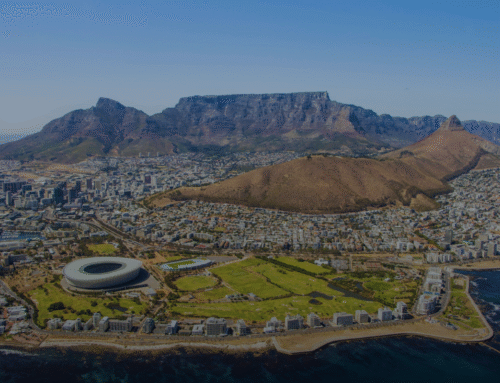Green buildings have become synonymous with images of high-rises made from sophisticated materials and adorned with extravagant landscaping that is pleasing to the eye. Whilst such structures are testament that buildings can indeed have a premium look-and-feel and still be “green”, often, these types of buildings are associated with expensive technologies that are not always attainable to all. That said, green buildings can take various shapes and forms and also be equal players in the sustainability discourse especially when considering how environmentally friendly they are.
During South Africa’s Heritage month in September, Abi Godsell and Georgie Chennells wrote about green buildings from a different angle by illustrating the sustainability elements in some South African architectural heritage. They showcased features in traditional dwellings, highlighting how those have made them green buildings long before the term was popularised. Here are two examples below.
The verandah or stoep for example, “describe[s] a space outdoors, but connected to a dwelling. This space connects the indoors with the outdoors, allowing for natural ventilation, shade, and protection from the elements while encouraging air to flow through the home.” This feature can be found in many homes and is an ecofriendly way for climate control as it is built to favour the use of outdoor winds for keeping cool and therefore minimising the use of aircons, fans etc.
The Rondavel – a circular hut; was traditionally insulated with clay walls. This feature does well to trap and release heat in the home at different times of the day thus creating comfortable temperatures for different weather conditions. The material used also has the added benefit of being sourced locally or from the environment.
The writers provide other examples to make their case and, in the process, encourage us to reimagine sustainability as a simple and achievable concept especially because it has long been part of our architectural history. By weaving old with new, we can create a future that’s not only sustainable but also deeply rooted in the richness of our past.
The source for this article is https://www.gbcsa.org.za/news/our-sustainable-heritage-looking-back-to-move-forwards/



